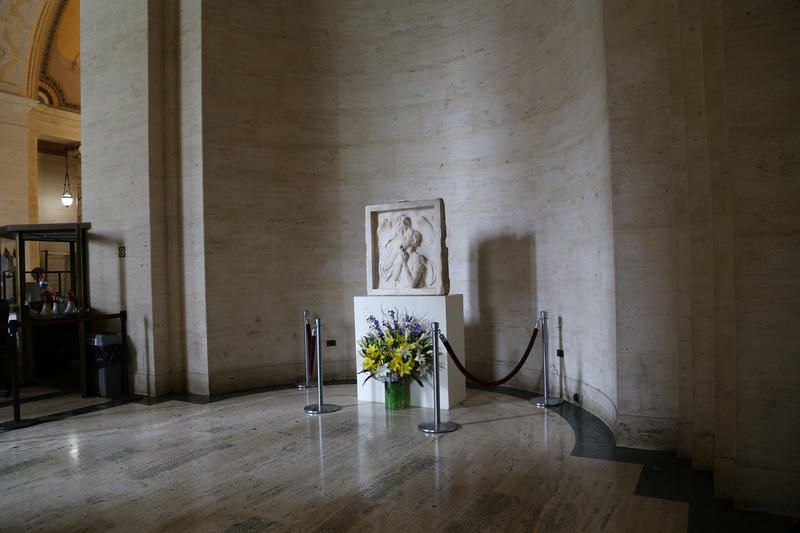The Berkshires Bowling Alley that Inspired "The Big Lebowski"
It’s been 36 years since the release of The Big Lebowski, the irreverent cult comedy by Joel and Ethan


The ratio of male to female monuments in New York City is drastically uneven, but this week, a small step was made to even out the gender disparity of public memorials in the city. New York City honored Rebecca Salome Foster, a criminal justice reform activist, with the restoration and reinstallation of a monument dedicated to her at the Manhattan County Courthouse at 60 Centre Street. Thanks to the “Adopt-a-Monument/Mural” initiative of the Municipal Art Society of New York City, the monument will add one more to the astonishingly few memorials to women in New York City.
Rebecca Salome Foster was known as the “Tombs Angel” because of her tireless advocacy work for the inmates of the Tombs Prison. The institution was thus called because of its resemblance to an Egyptian tomb and the dank, dark atmosphere inside. It was built on a pond that continually dripped into the cells, leading to severely inhumane conditions for the prisoners.
The monument to Foster now stands in the same spot where Foster counseled many inmates, raising funds to help them readjust to life after release. Dedicated to justice in an era before parole or probation officers, Foster appeared voluntarily before countless judges to argue in favor of those imprisoned. Her charity work also benefited the poor in the neighborhood and she contributed to a program which provided paid needle work to help underprivileged young women.

Photograph Courtesy of the Municipal Art Society of New York
After Foster passed away in 1902 in a fire in the Park Avenue Hotel, a 700-pound marble memorial in her honor was partially funded by Teddy Roosevelt and designed by Karl Bitter. Upon completion in 1904, The Tombs Angel monument as it was called, was installed in the old Criminal Courts Building. When the court was demolished in 1940, the monument was lost in storage. In 1983, it was rediscovered, grimy with dirt and missing its original brass frame, during an art survey, and sent to The Metropolitan Museum of Art. The city was unable to manifest a plan for the artwork, and it was put back in storage. It was not until Chief Clerk and Executive Officer of the Civil Branch of the Court John F. Werner located a relative of Foster’s who had previously expressed an interest in recovering the monument, that the restoration process was kickstarted.
Now, the Municipal Art Society has restored it under the generous funding of the Paul and Klara Porzelt Foundation so it can be displayed once again in a public space. A $44,000 restoration was carried out by A. Ottavino Corp. The artwork depicts an angel standing over a man, a reference to Foster’s nickname. The monument stands today in the Manhattan County Courthouse to represent Rebecca Salome Foster’s lasting impact on criminal justice.

Photograph Courtesy of the Public Design Commission
Foster’s legacy in criminal justice can still be seen in the judiciary system today. Not only that, but her achievements have also pushed forward the need to recognize the efforts of female historical figures. When New York courts adjourned in Foster’s name after her death, it was the first time in history they had done so for a woman. And while she wasn’t afforded the title during her lifetime, the Jefferson Market Court publicly swore her in as a probation officer just this week. The restoration and reinstallation of Foster’s memorial is part of an ongoing effort by The Municipal Art Society which aims to close the “memorial gap” by making the ratio of male to female monuments in New York City 50:50. The Foster Monument’s re-installation is one step in making the rich history of the women who improved New York common knowledge.
Next, check out 8 NYC Monuments Dedicated to Real Women with More to Come!
Subscribe to our newsletter